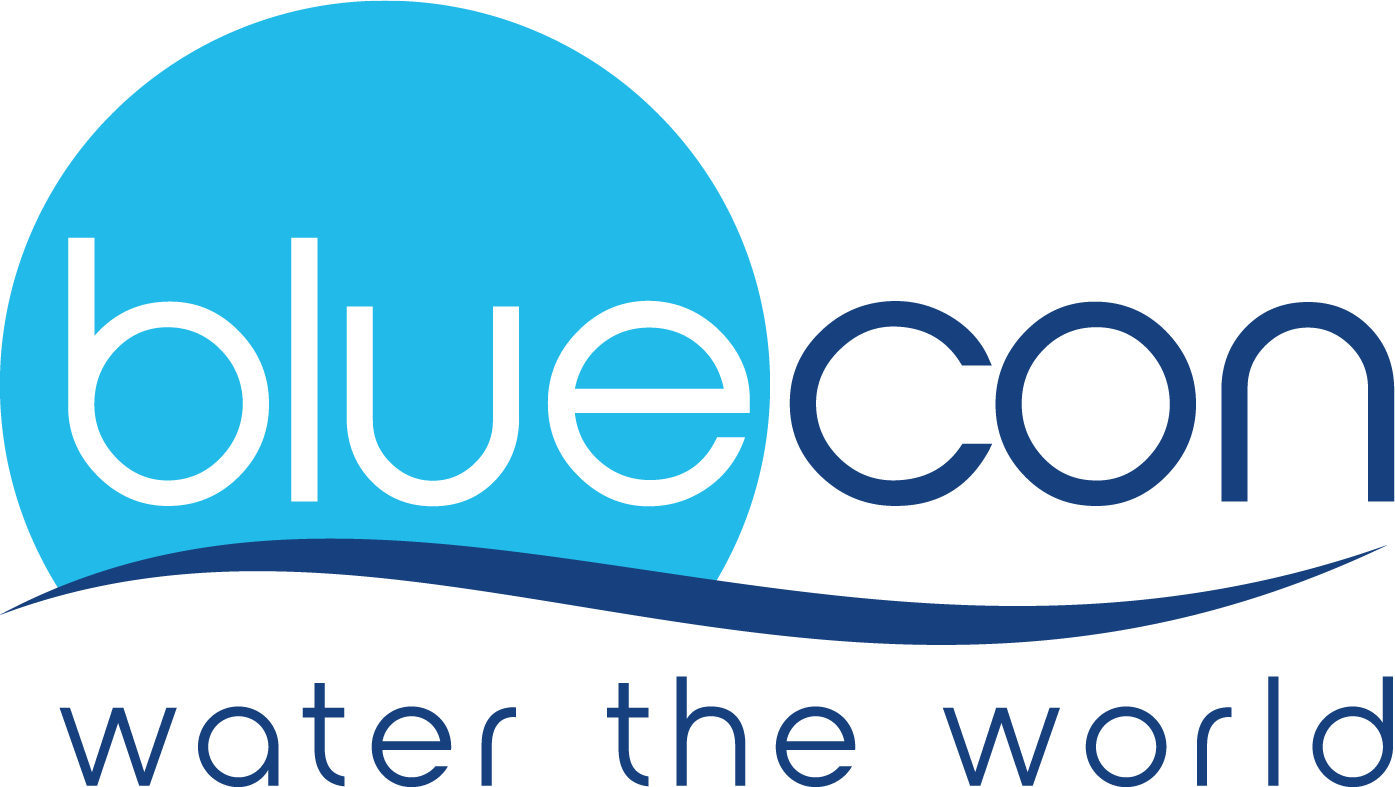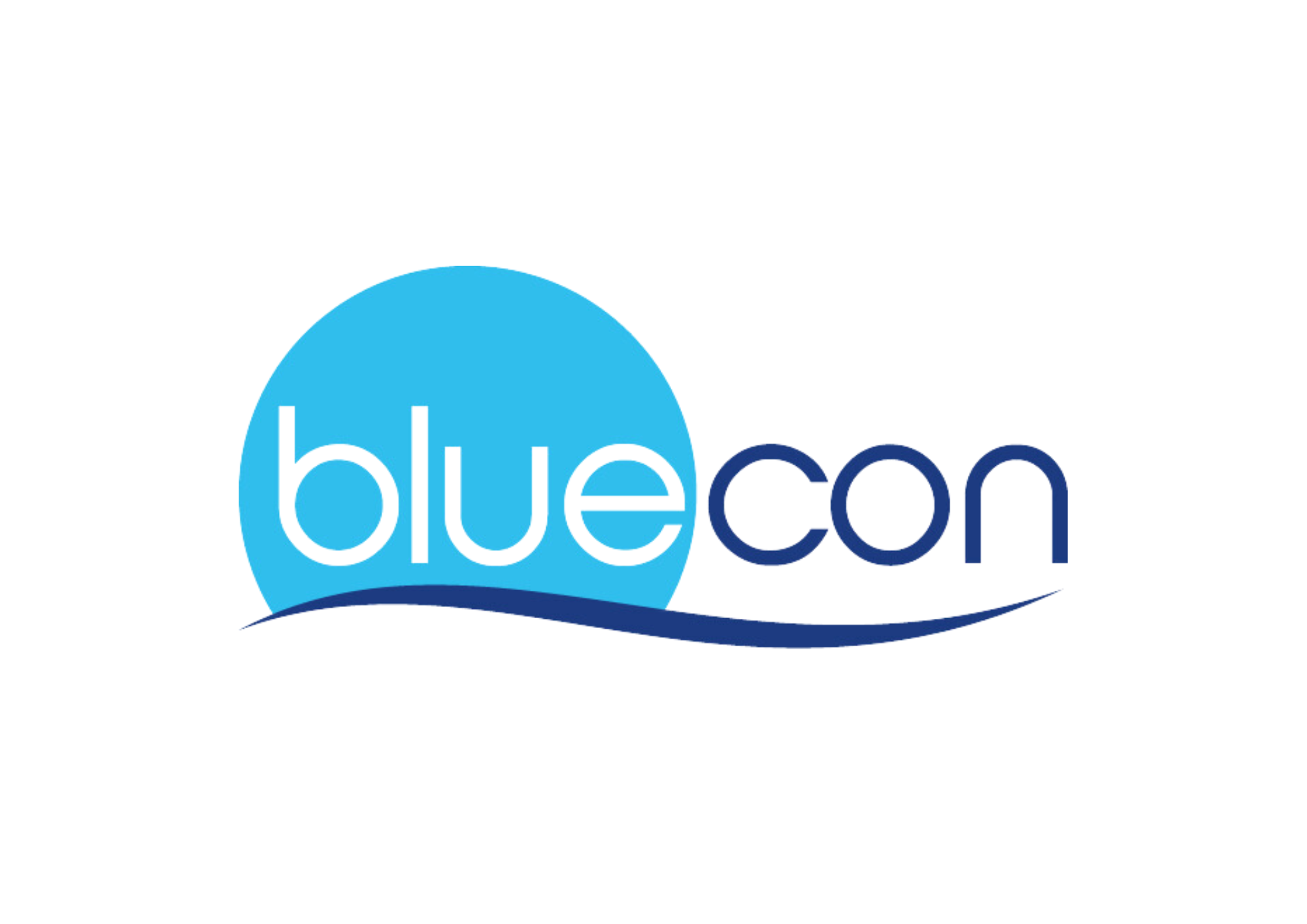Sludge is generated in primary, secondary and advanced wastewater treatment processes. Accordingly, sewage sludge is classified into the following categories : Primary, secondary and tertiary sludge.
The Bluecon sludge is considered primary sludge (14% dry solids) , due to the absence of any biological processes (no biomass or activated sludge) in the Bluecon technology, also by looking into the sludge characteristics. However, using the coagulant and flocculant in the flotation process precipitates and completely removes the phosphorus in the sludge, making the Bluecon sludge a combination of primary and tertiary sludge.
Case study
In Italy, Bluecon deployed BC-02 wastewater treatment unit at a eco-friendly campsite near the coast, demonstrating how our solutions perform in areas with strong tourism pressure and sensitive ecosystems. This project serves as a model for decentralized solutions in the hospitality sector, enabling hotels and eco-resorts to reuse water for non-potable applications while reducing environmental impact.
Independent analyses by Eurofins laboratories show that heavy metals in the campsite’s Bluecon sludge are far below the limits set in the EU Sewage Sludge Directive (86/278/EEC). With very low concentrations of cadmium, mercury, lead, nickel, zinc and copper, Bluecon sludge from the campsite poses no risk of cumulative soil contamination or human health impact. The Bluecon sludge is rich in nutrients; organic matter (TOC ~31%), nitrogen, and phosphorus, making it potentially valuable for soil amendment, perfectly suited for reuse in agriculture if provided that it is permitted under the applicable national/local legislation.
| Parameter | Result | Italian Limit | Compliance |
| Cadmium (Cd) | 0.55 mg/kg | 20 mg/kg | ✅ |
| Copper (Cu) | 320 mg/kg | 1000 mg/kg | ✅ |
| Nickel (Ni) | 22 mg/kg | 300 mg/kg | ✅ |
| Lead (Pb) | <10 mg/kg | 750 mg/kg | ✅ |
| Zinc (Zn) | 760 mg/kg | 2500 mg/kg | ✅ |
| Mercury (Hg) | 0.12 mg/kg | 10 mg/kg | ✅ |
Disclaimer:
While Bluecon technology ensures safe and compliant sludge under normal wastewater conditions, certain situations (such as sites with unusually high concentrations of pharmaceuticals or toxic substances) may require additional treatment beyond the scope of our system. Bluecon does not claim a “magical” solution for all types and concentrations of contamination. However, when treating normal and average municipal wastewater, our technology consistently produces a stable, robust, safe and compliant sludge fraction.
The results of the Italian sludge study underline that Bluecon sludge is:
- Safe – free from active pathogens (disinfection integrated in the process).
- Stable – high dry matter content makes handling and transport efficient.
- Compliant – within the EU Urban Waste Water Directive (91/271/EEC) and Sludge Directive (86/278/EEC).
- Circular – suitable for future reuse in agriculture or innovative treatments such as pyrolysis and hydrothermal carbonization.
With these results, Bluecon demonstrates that sludge does not have to be the “elephant in the room”. Managed properly, it becomes a reliable and sustainable resource stream that supports both environmental protection and the circular economy.
Sustainable water for a brighter future.

